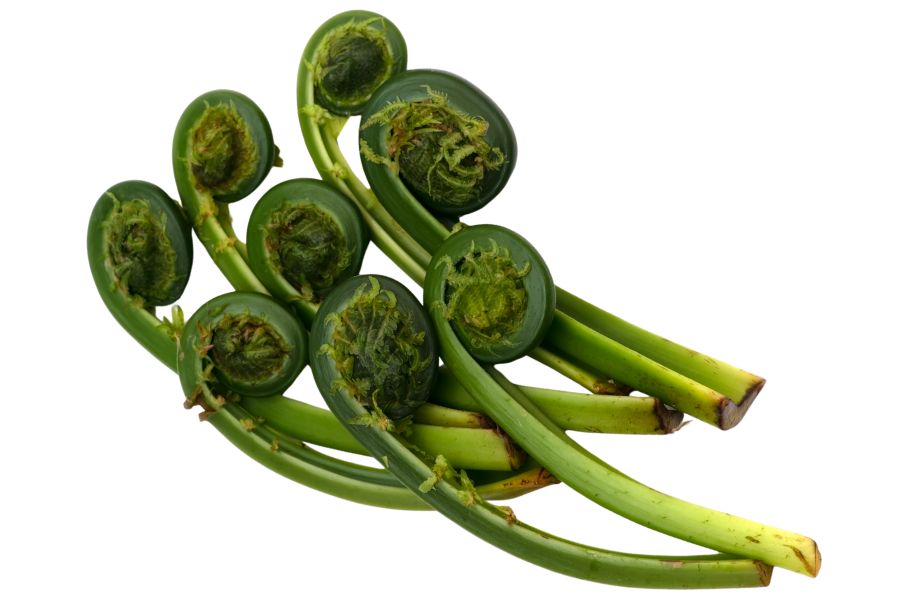Some of the most sought-after forageables in the Midwest can be found right in Ohio. Wild ginger creeps along forest floors with edible roots that smell like citrus and spice. Hickory nuts, hard to crack but high in value, fall in rich woodlands in late autumn.
It doesn’t take long to spot signs of edible plants in the right environment. Stinging nettle thrives in rich, moist soil and offers both food and medicinal value when harvested properly. Even the redbud tree, one of Ohio’s early bloomers, produces edible blossoms that surprise first-timers.
There’s a much wider range of edible plants in Ohio than most foragers ever realize. With the right knowledge, a quick stop on a back road or a short trail walk could yield half a dozen edible species. The more you learn about what’s out there, the easier it becomes to come home with something worth keeping.
What We Cover In This Article:
- What Makes Foreageables Valuable
- Foraging Mistakes That Cost You Big Bucks
- The Most Valuable Forageables in the State
- Where to Find Valuable Forageables in the State
- When to Forage for Maximum Value
- The extensive local experience and understanding of our team
- Input from multiple local foragers and foraging groups
- The accessibility of the various locations
- Safety and potential hazards when collecting
- Private and public locations
- A desire to include locations for both experienced foragers and those who are just starting out
Using these weights we think we’ve put together the best list out there for just about any forager to be successful!
A Quick Reminder
Before we get into the specifics about where and how to find these plants and mushrooms, we want to be clear that before ingesting any wild plant or mushroom, it should be identified with 100% certainty as edible by someone qualified and experienced in mushroom and plant identification, such as a professional mycologist or an expert forager. Misidentification can lead to serious illness or death.
All plants and mushrooms have the potential to cause severe adverse reactions in certain individuals, even death. If you are consuming wild foragables, it is crucial to cook them thoroughly and properly and only eat a small portion to test for personal tolerance. Some people may have allergies or sensitivities to specific mushrooms and plants, even if they are considered safe for others.
The information provided in this article is for general informational and educational purposes only. Foraging involves inherent risks.
What Makes Foreageables Valuable
Some wild plants, mushrooms, and natural ingredients can be surprisingly valuable. Whether you’re selling them or using them at home, their worth often comes down to a few key things:
The Scarcer the Plant, the Higher the Demand
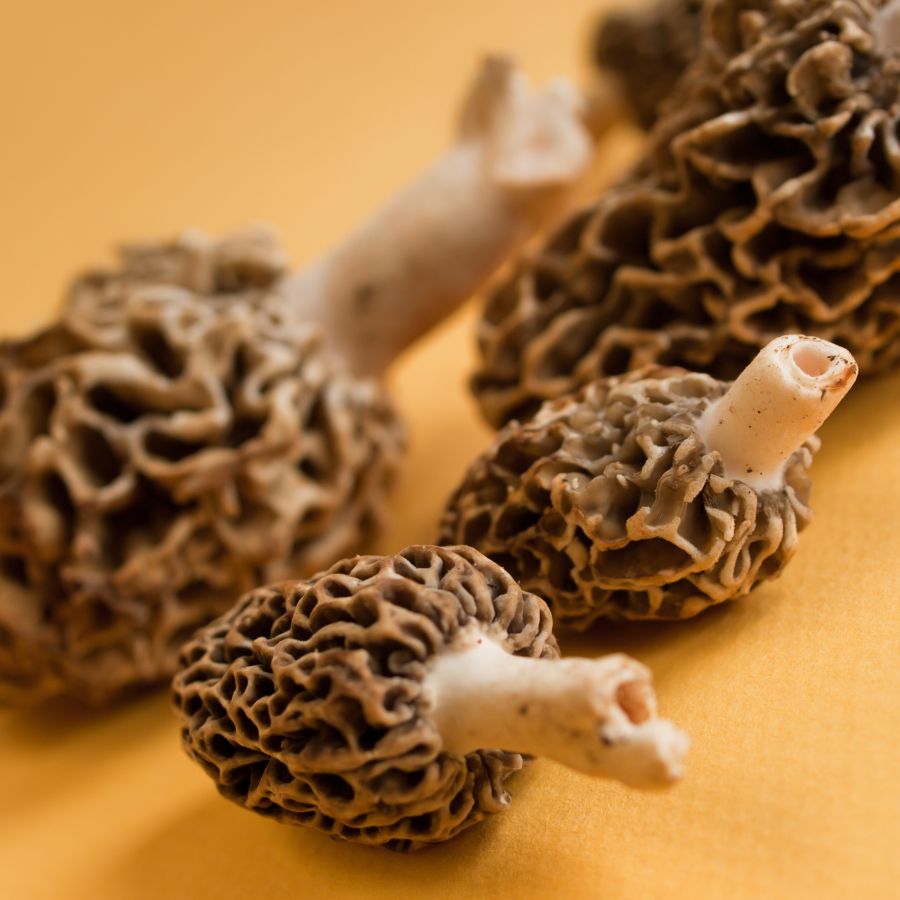
Some valuable forageables only show up for a short time each year, grow in hard-to-reach areas, or are very difficult to cultivate. That kind of rarity makes them harder to find and more expensive to buy.
Morels, truffles, and ramps are all good examples of this. They’re popular, but limited access and short growing seasons mean people are often willing to pay more.
A good seasonal foods guide can help you keep track of when high-value items appear.
High-End Dishes Boost the Value of Ingredients
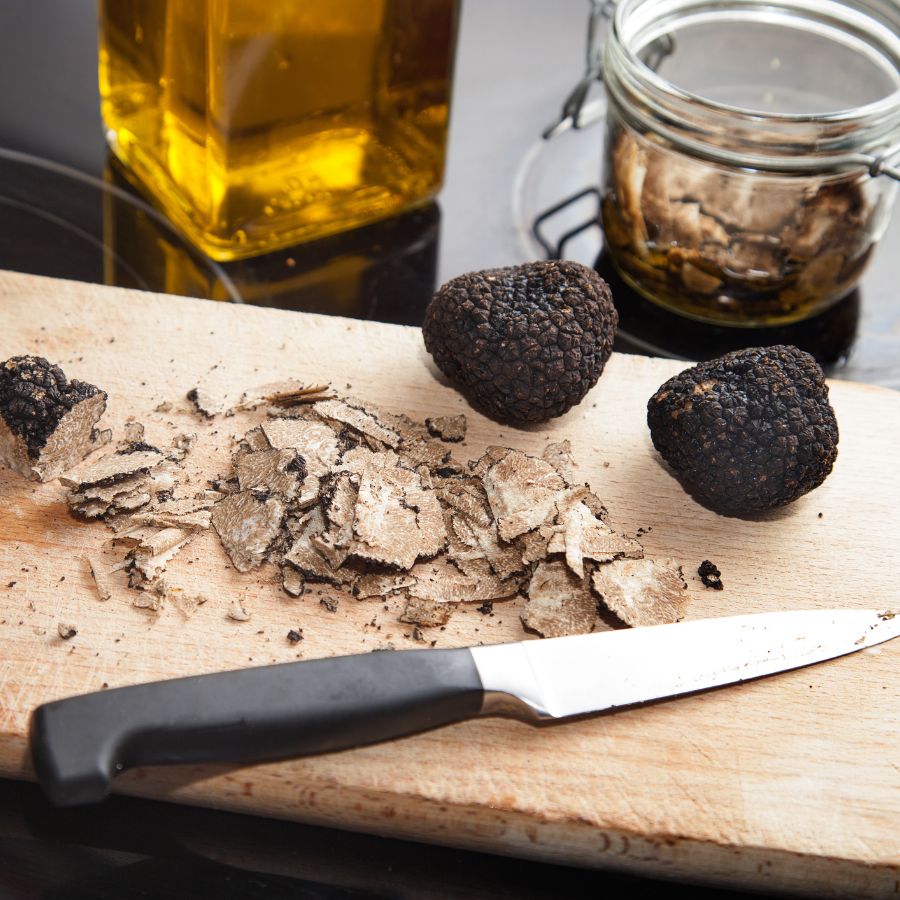
Wild ingredients that are hard to find in stores often catch the attention of chefs and home cooks. When something unique adds flavor or flair to a dish, it quickly becomes more valuable.
Truffles, wild leeks, and edible flowers are prized for how they taste and look on a plate. As more people try to include them in special meals, the demand—and the price—tends to rise.
You’ll find many of these among easy-to-identify wild mushrooms or herbs featured in fine dining.
Medicinal and Practical Uses Drive Forageable Prices Up
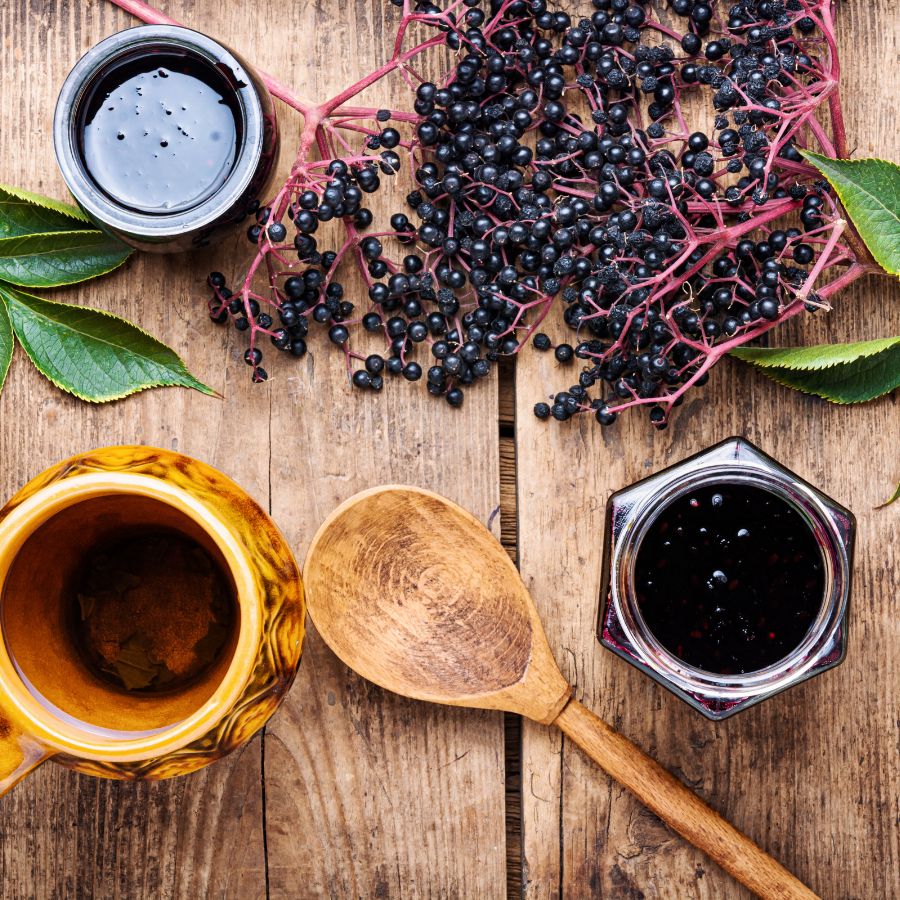
Plants like ginseng, goldenseal, and elderberries are often used in teas, tinctures, and home remedies. Their value comes from how they support wellness and are used repeatedly over time.
These plants are not just ingredients for cooking. Because people turn to them for ongoing use, the demand stays steady and the price stays high.
The More Work It Takes to Harvest, the More It’s Worth
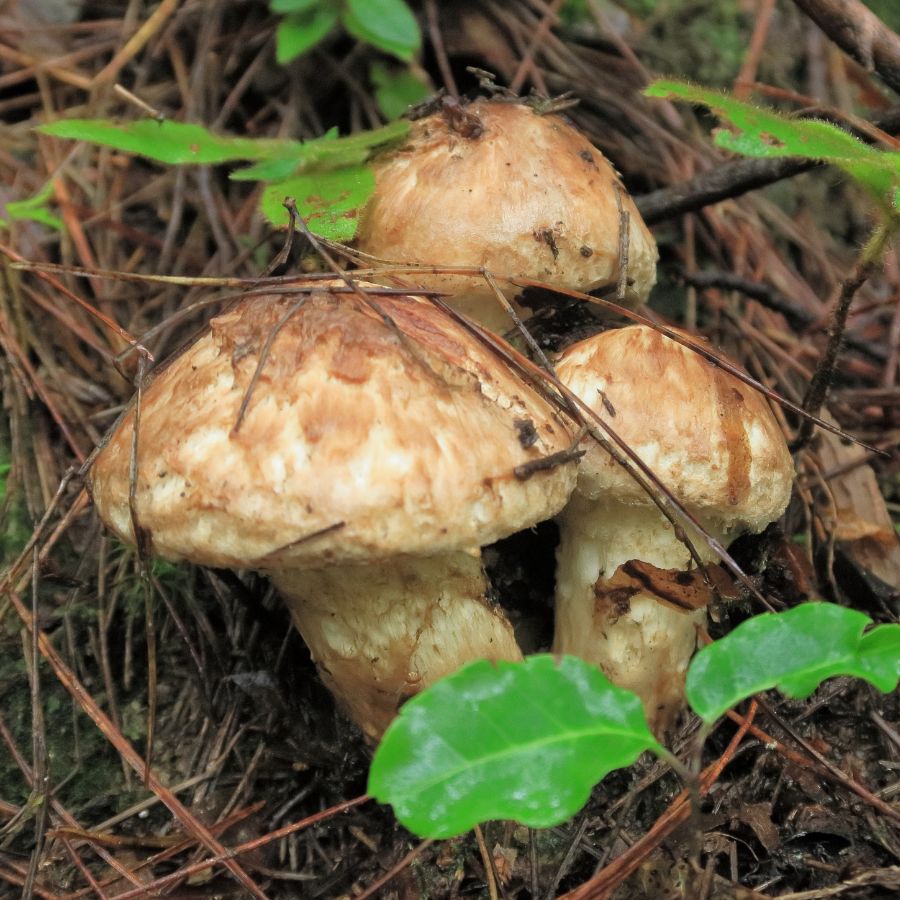
Forageables that are hard to reach or tricky to harvest often end up being more valuable. Some grow in dense forests, need careful digging, or have to be cleaned and prepared before use.
Matsutake mushrooms are a good example, because they grow in specific forest conditions and are hard to spot under layers of leaf litter. Wild ginger and black walnuts, meanwhile, both require extra steps for cleaning and preparation before they can be used or sold.
All of that takes time, effort, and experience. When something takes real work to gather safely, buyers are usually willing to pay more for it.
Foods That Keep Well Are More Valuable to Buyers
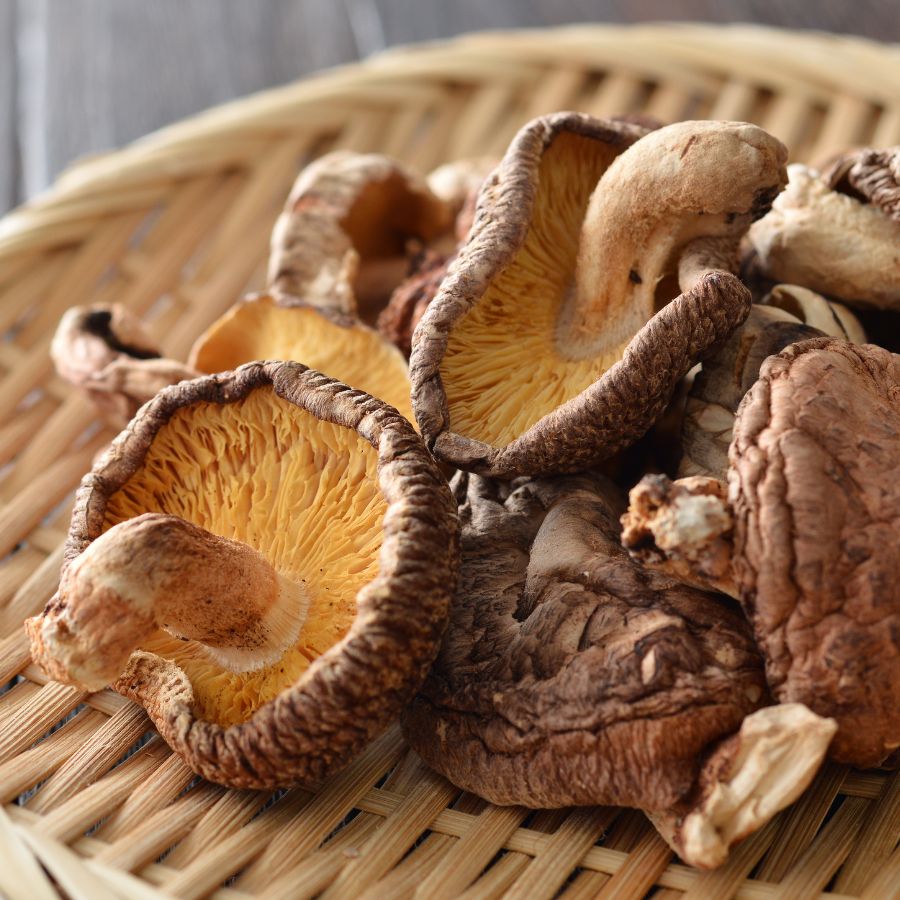
Some forageables, like dried morels or elderberries, can be stored for months without losing their value. These longer-lasting items are easier to sell and often bring in more money over time.
Others, like wild greens or edible flowers, have a short shelf life and need to be used quickly. Many easy-to-identify wild greens and herbs are best when fresh, but can be dried or preserved to extend their usefulness.
A Quick Reminder
Before we get into the specifics about where and how to find these mushrooms, we want to be clear that before ingesting any wild mushroom, it should be identified with 100% certainty as edible by someone qualified and experienced in mushroom identification, such as a professional mycologist or an expert forager. Misidentification of mushrooms can lead to serious illness or death.
All mushrooms have the potential to cause severe adverse reactions in certain individuals, even death. If you are consuming mushrooms, it is crucial to cook them thoroughly and properly and only eat a small portion to test for personal tolerance. Some people may have allergies or sensitivities to specific mushrooms, even if they are considered safe for others.
The information provided in this article is for general informational and educational purposes only. Foraging for wild mushrooms involves inherent risks.
Foraging Mistakes That Cost You Big Bucks
When you’re foraging for high-value plants, mushrooms, or other wild ingredients, every decision matters. Whether you’re selling at a farmers market or stocking your own pantry, simple mistakes can make your harvest less valuable or even completely worthless.
Harvesting at the Wrong Time
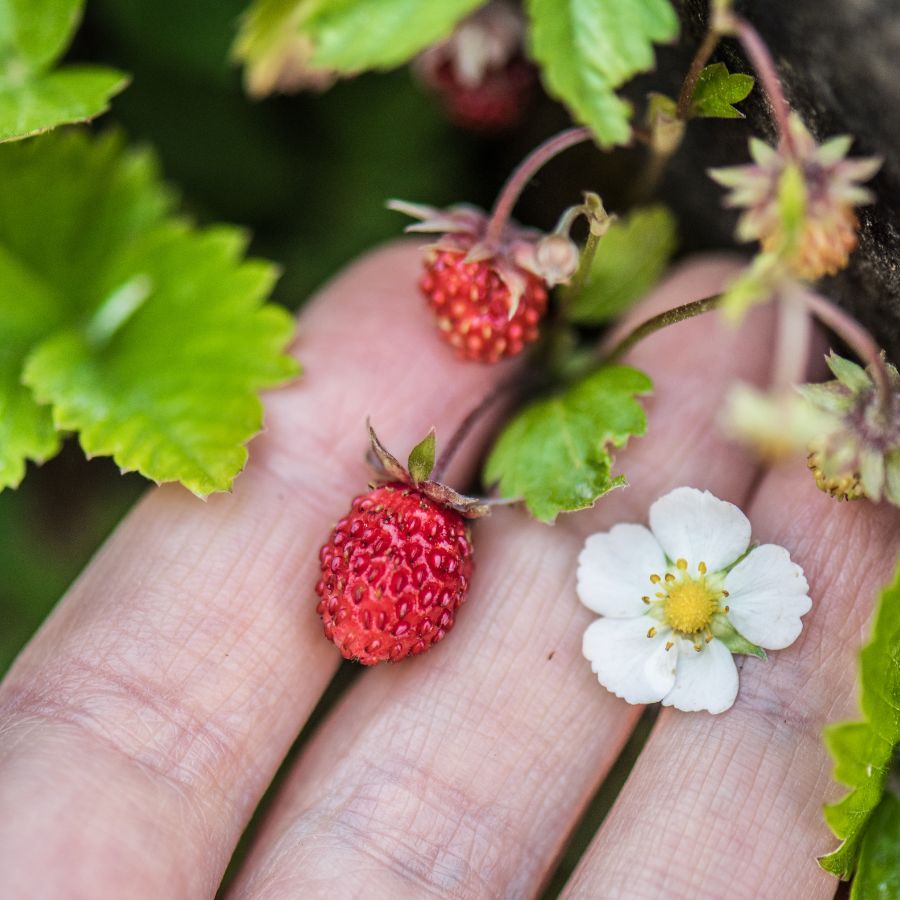
Harvesting at the wrong time can turn a valuable find into something no one wants. Plants and mushrooms have a short window when they’re at their best, and missing it means losing quality.
Morels, for example, shrink and dry out quickly once they mature, which lowers their weight and price. Overripe berries bruise in the basket and spoil fast, making them hard to store or sell.
Improper Handling After Harvest
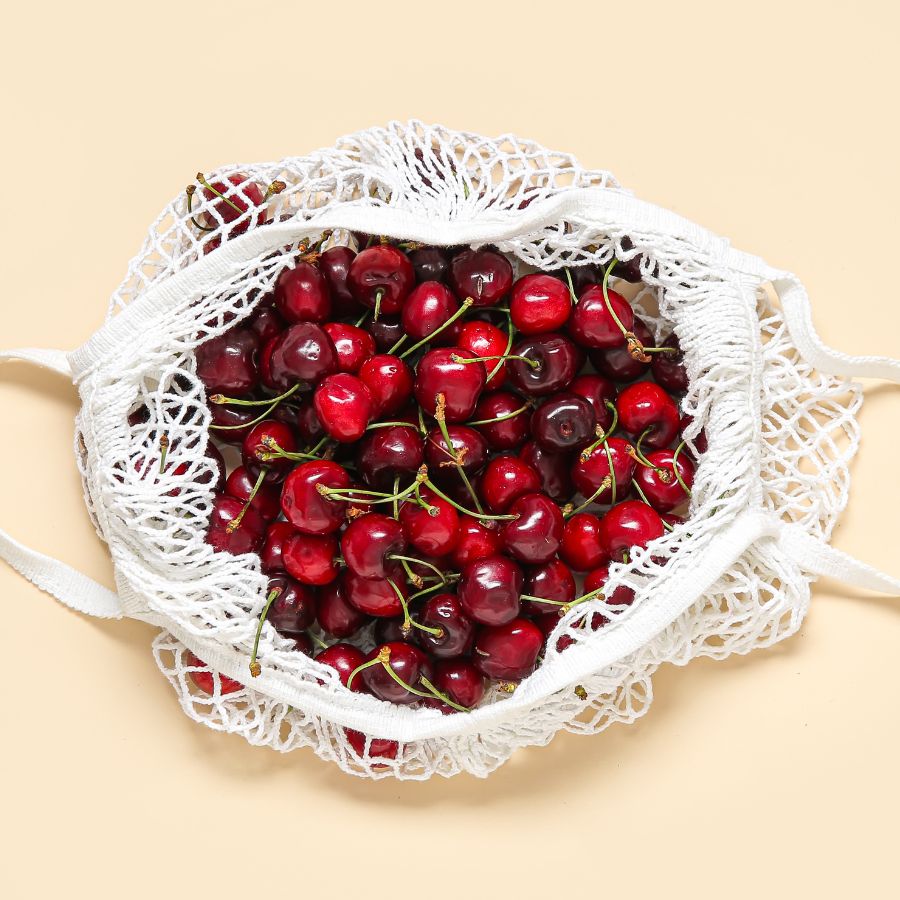
Rough handling can ruin even the most valuable forageables. Crushed mushrooms, wilted greens, and dirty roots lose both their appeal and their price.
Use baskets or mesh bags to keep things from getting smashed and let air circulate. Keeping everything cool and clean helps your harvest stay fresh and look better for longer.
This is especially important for delicate items like wild roots and tubers that need to stay clean and intact.
Skipping Processing Steps
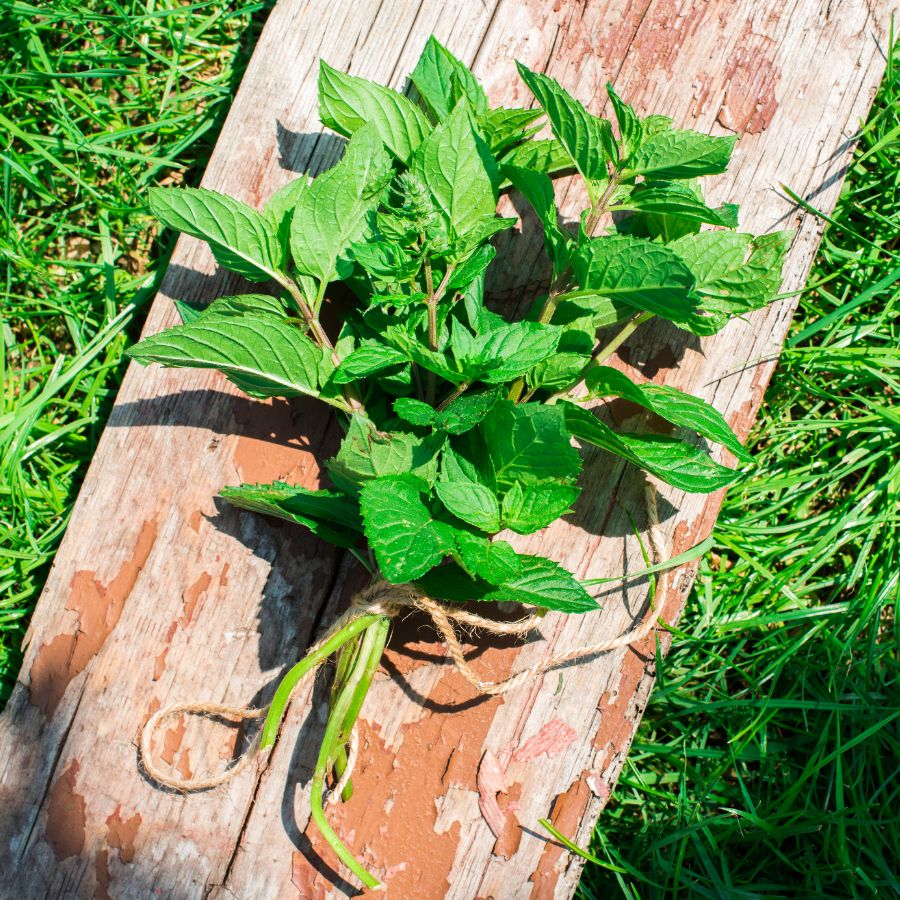
Skipping basic processing steps can cost you money. A raw harvest may look messy, spoil faster, or be harder to use.
For example, chaga is much more valuable when dried and cut properly. Herbs like wild mint or nettle often sell better when bundled neatly or partially dried. If you skip these steps, you may end up with something that looks unappealing or spoils quickly.
Collecting from the Wrong Area
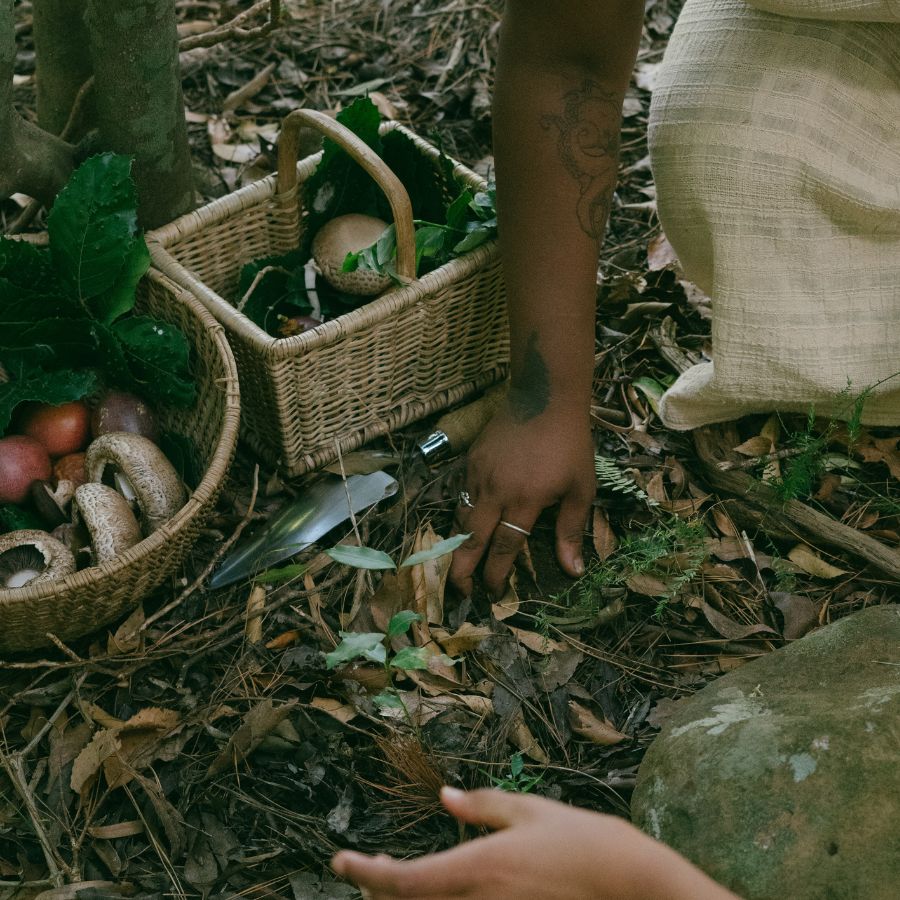
Harvesting in the wrong place can ruin a good find. Plants and mushrooms pulled from roadsides or polluted ground may be unsafe, no matter how fresh they look.
Buyers want to know their food comes from clean, responsible sources. If a spot is known for overharvesting or damage, it can make the whole batch less appealing.
These suburbia foraging tips can help you find overlooked spots that are surprisingly safe and productive.
Not Knowing the Market
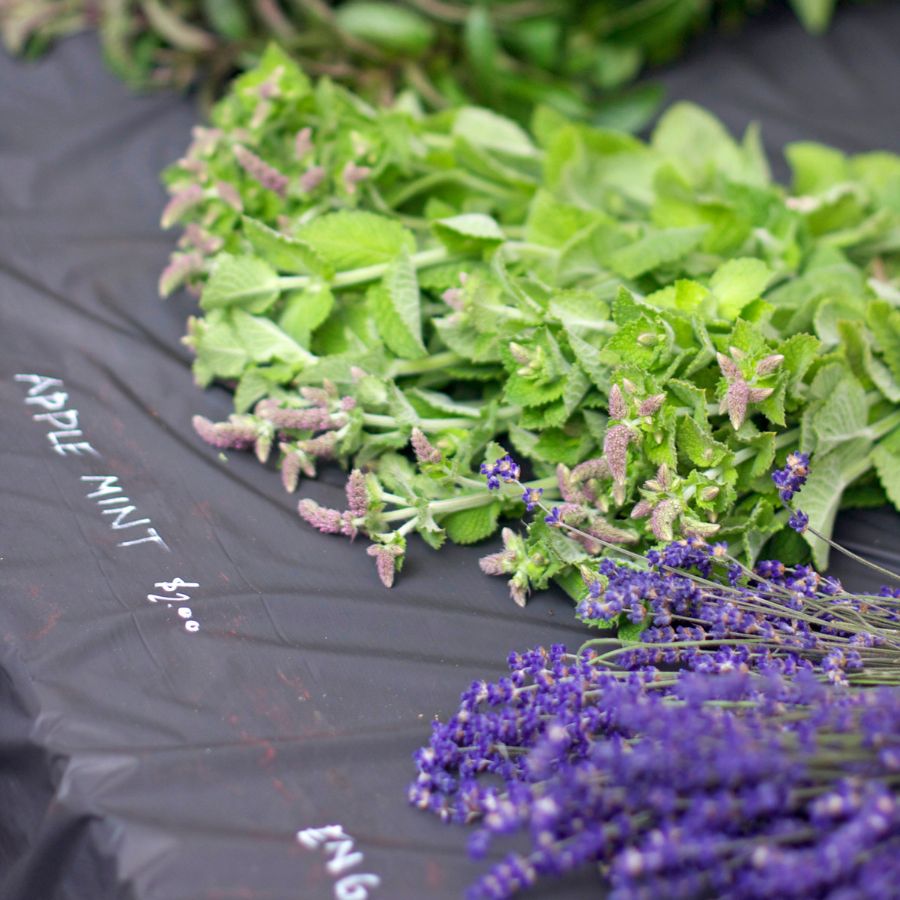
A rare plant isn’t valuable if nobody wants to buy it. If you gather in-demand species like wild ramps or black trumpets, you’re more likely to make a profit. Pay attention to what chefs, herbalists, or vendors are actually looking for.
Foraging with no plan leads to wasted effort and unsold stock. Keeping up with demand helps you bring home a profit instead of a pile of leftovers.
You can also brush up on foraging for survival strategies to identify the most versatile and useful wild foods.
Before you head out
Before embarking on any foraging activities, it is essential to understand and follow local laws and guidelines. Always confirm that you have permission to access any land and obtain permission from landowners if you are foraging on private property. Trespassing or foraging without permission is illegal and disrespectful.
For public lands, familiarize yourself with the foraging regulations, as some areas may restrict or prohibit the collection of mushrooms or other wild foods. These regulations and laws are frequently changing so always verify them before heading out to hunt. What we have listed below may be out of date and inaccurate as a result.
The Most Valuable Forageables in the State
Some of the most sought-after wild plants and fungi here can be surprisingly valuable. Whether you’re foraging for profit or personal use, these are the ones worth paying attention to:
Morel Mushroom (Morchella esculenta)
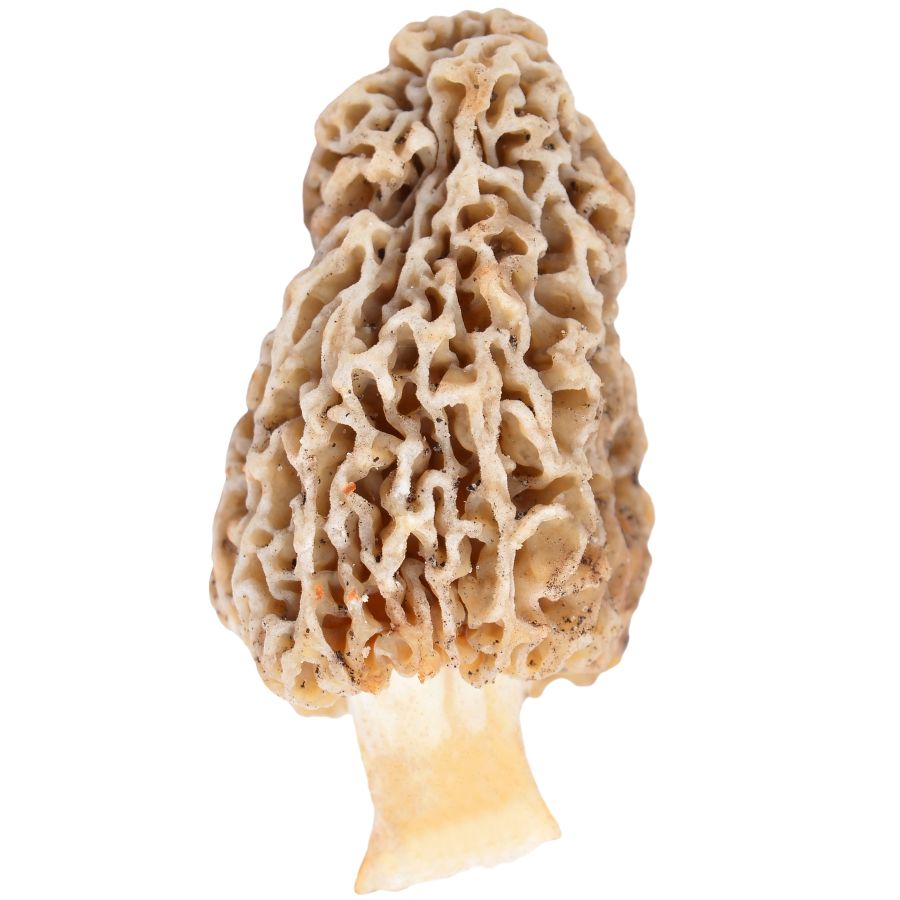
Morel mushrooms have a honeycomb-like surface with deep pits and ridges. The cap is fully attached to the stem, which helps set them apart from dangerous lookalikes like false morels that often have wrinkled, lobed caps and loose or cottony interiors.
The rich, nutty flavor and slightly chewy texture make morels a favorite in high-end kitchens. Many people sauté them in butter, stuff them, or dry them for later use because they hold their flavor extremely well.
Always cook morels thoroughly because raw ones can cause stomach upset, even when they look perfectly normal.
Morels are highly prized by chefs and home cooks, sometimes selling for over $50 per pound fresh and even more when dried.
Part of what makes morels so valuable is how hard they are to cultivate and find. They often grow in specific, unpredictable places, and their short harvesting window drives up both the demand and the price.
Ramp (Allium tricoccum)
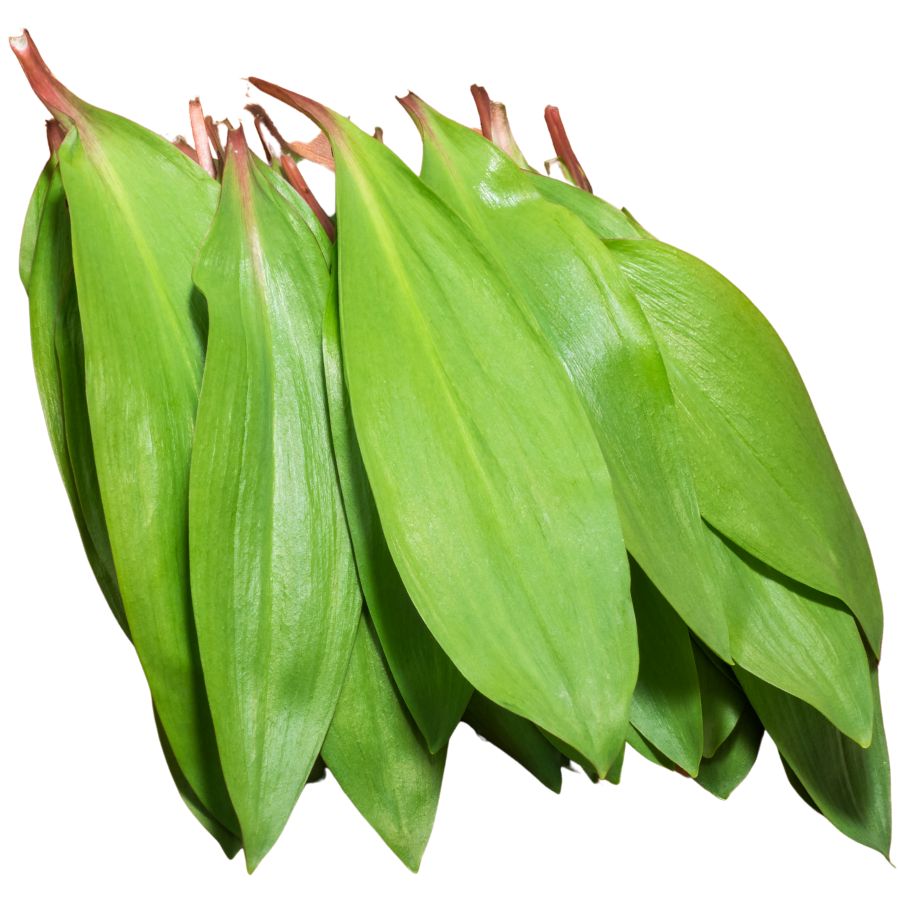
Ramps, often called wild garlic or wild leeks, are a flavorful edible plant prized by chefs and foragers alike. The plant has two or three wide green leaves, a reddish lower stem, and a white bulb with a strong onion-garlic aroma.
Toxic lookalikes like lily of the valley can confuse inexperienced foragers, but ramps always smell distinctly like onion when the leaves are torn. That scent is the easiest and most reliable clue for identification.
Cooks love using ramps in simple sautés, potato dishes, or blended into compound butters. The texture is soft and silky when cooked, while the raw bulbs offer a strong bite.
Their popularity in high-end cooking has made them one of the most expensive wild greens sold in markets. Because entire plants are often pulled for their bulbs, overharvesting has made sustainably gathered ramps even more valuable.
Chanterelle Mushroom (Cantharellus cibarius)
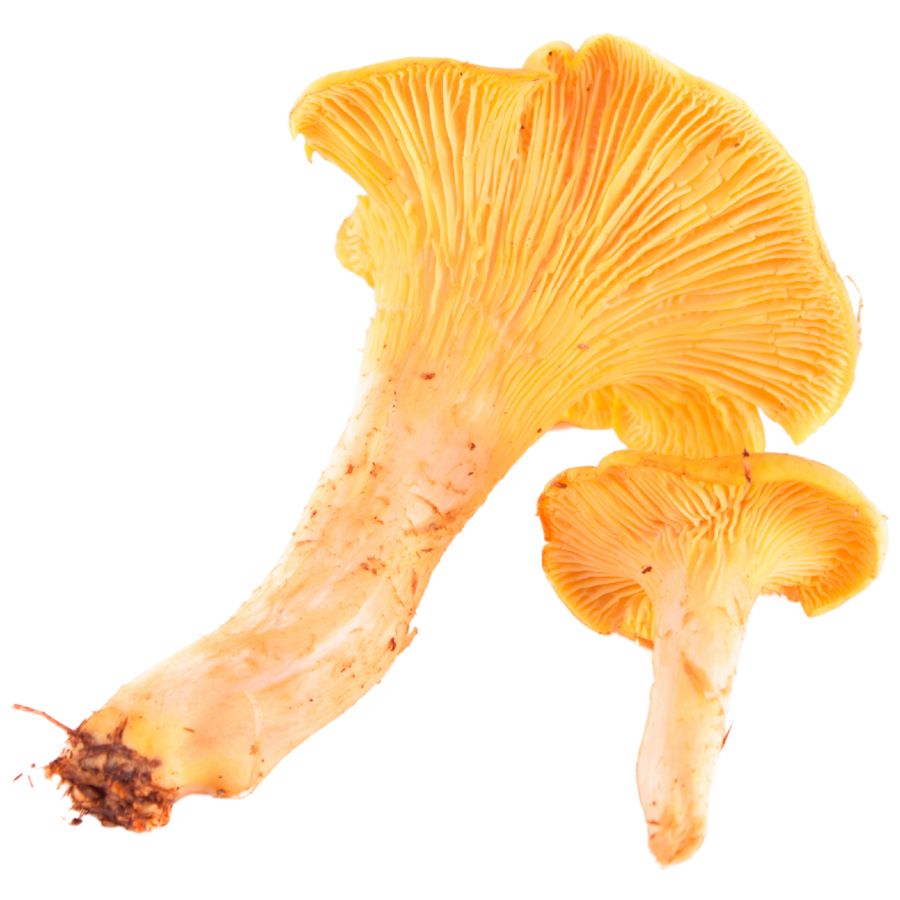
Golden chanterelles, also called egg mushrooms or girolles, are funnel-shaped and usually a bright yellow-orange with false gills that appear as deep, forked wrinkles. They have a fruity smell, almost like apricots, and a dense, meaty texture when cooked.
The part you want is the whole cap and stem, both of which soften nicely in butter or cream-based dishes. Their flavor is rich and peppery, which makes them popular in risottos, sautés, and soups.
A common lookalike is the jack-o’-lantern mushroom, which glows faintly in the dark and has true gills instead of shallow ridges. That one will give you stomach cramps, so pay close attention to the gill structure and color.
Fresh chanterelles can sell for over $20 per pound at farmers markets and restaurants, especially when demand is high. Their shelf life is short, but you can extend it by drying or pickling them soon after harvest.
Black Walnut (Juglans nigra)
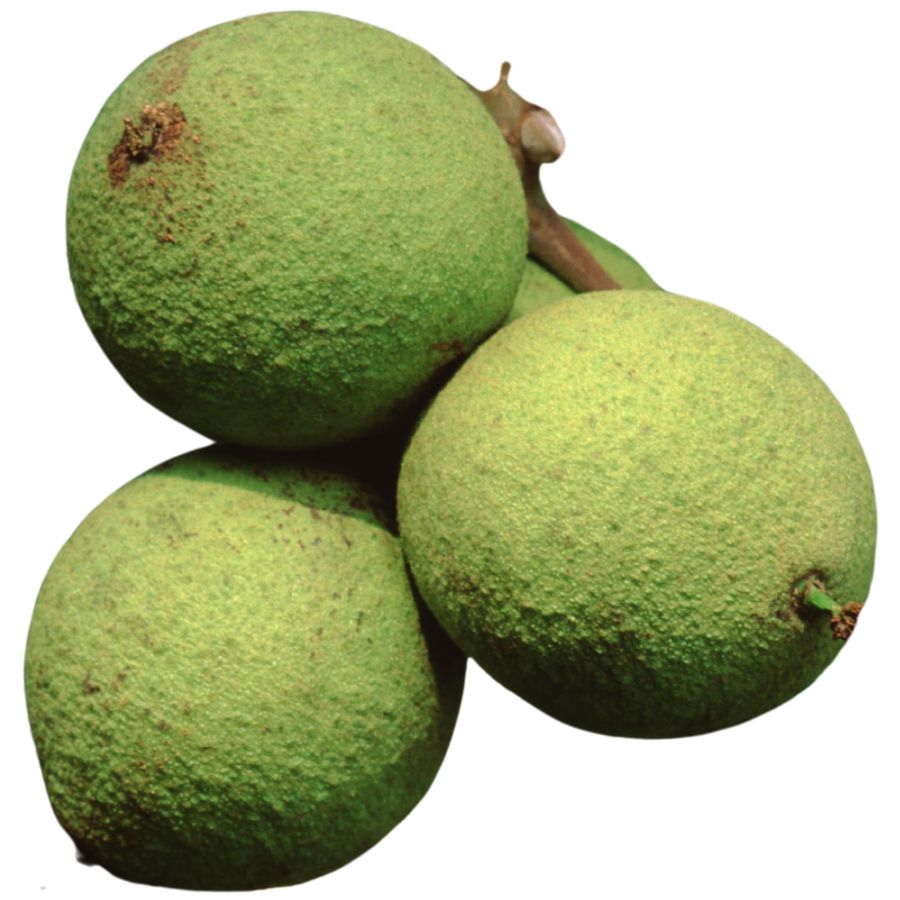
Black walnut grows a nut that’s prized for its strong, musky flavor and crunchy texture. The inner shell is extremely hard and often needs to be cracked with a vise or hammer to reach the oily, wrinkled seed inside.
Its nuts are most often roasted, chopped into desserts, or used in meat rubs and dressings. They’re also one of the few foraged tree nuts that can be stored long-term with very little processing.
The outer green husks leave a dark stain when bruised or broken open, and the nut itself is hidden inside a thick shell. While the fruit of the tree may resemble buckeye at first glance, black walnut leaves have a different shape and pattern, and buckeye seeds are toxic.
Prices stay high because harvesting takes time and experience, and the trees don’t lend themselves easily to large-scale production. Foragers and specialty food makers often pay a premium for wild black walnuts with intense flavor.
Elderberry (Sambucus canadensis)
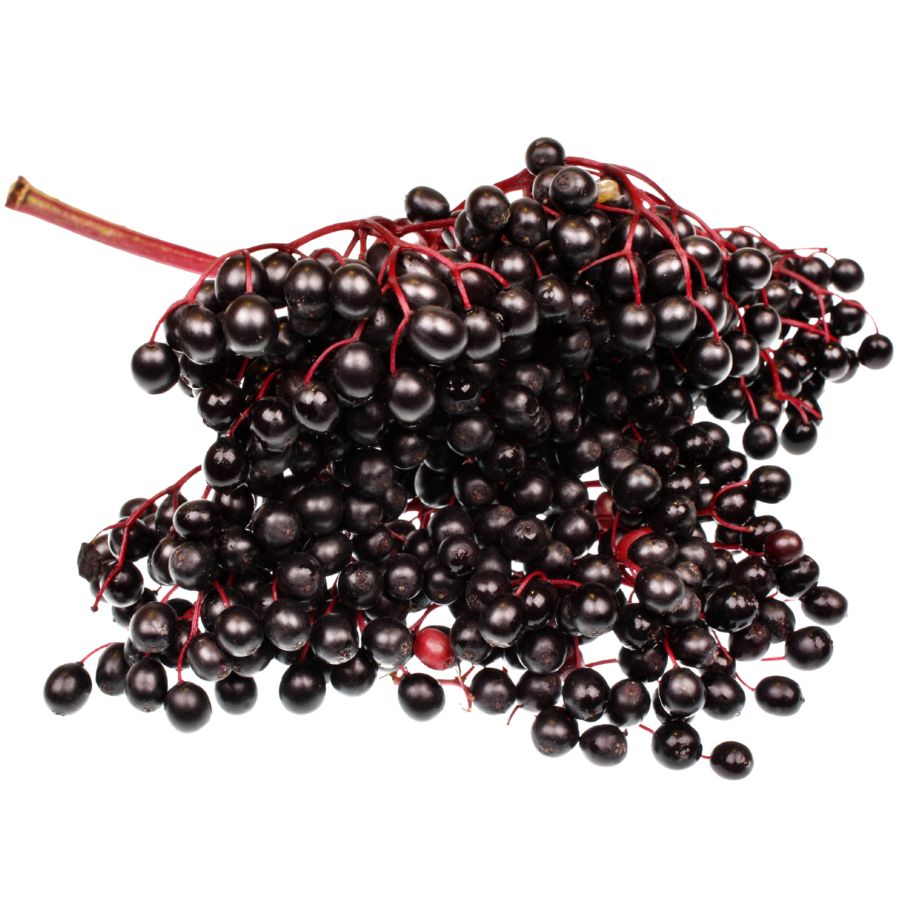
For centuries, elderberries has been gathered not just for food, but for making home remedies prized across the Southwest. Also called Mexican elder and tapiro, elderberry grows as a sprawling bush or small tree with clusters of tiny white flowers that turn into dusty blue-black berries.
There are toxic lookalikes you need to watch for, especially red elderberry, which has round clusters of bright red fruit. Elderberries grow in flatter, broader clusters and have a softer, more powdery appearance when ripe.
The berries have a deep, earthy flavor with a tart edge, and are usually cooked into jams, syrups, and baked goods to bring out their richness.
Make sure to avoid eating the raw berries, seeds, bark, or leaves because they can cause nausea unless they are properly cooked.
This plant stays valuable because the berries are used heavily in teas, tinctures, and syrups that people rely on for wellness, driving steady demand. Elderberries can also be dried and stored for months, making it even more profitable compared to foods that spoil quickly.
Groundnut (Apios americana)

Groundnut grows as a vining plant with compound leaves and reddish-purple flowers, but the part you’re after is buried underground. Its tubers are edible, protein-rich, and surprisingly high in calories compared to most wild plants.
They can be peeled and boiled like potatoes, or slow-roasted to bring out a nutty, slightly sweet taste. Some people mash them or slice them thin to fry into chips.
It’s easy to confuse groundnut with trailing wild beans or other legumes, especially if you’re only looking at the vines. The key difference is the string of bead-like tubers that groundnut sends down into the soil.
These tubers have drawn attention from permaculture growers and chefs for their nutritional value and earthy flavor. While not mass-produced, they can sell for over $15 per pound in niche food markets.
Pawpaw (Asimina triloba)
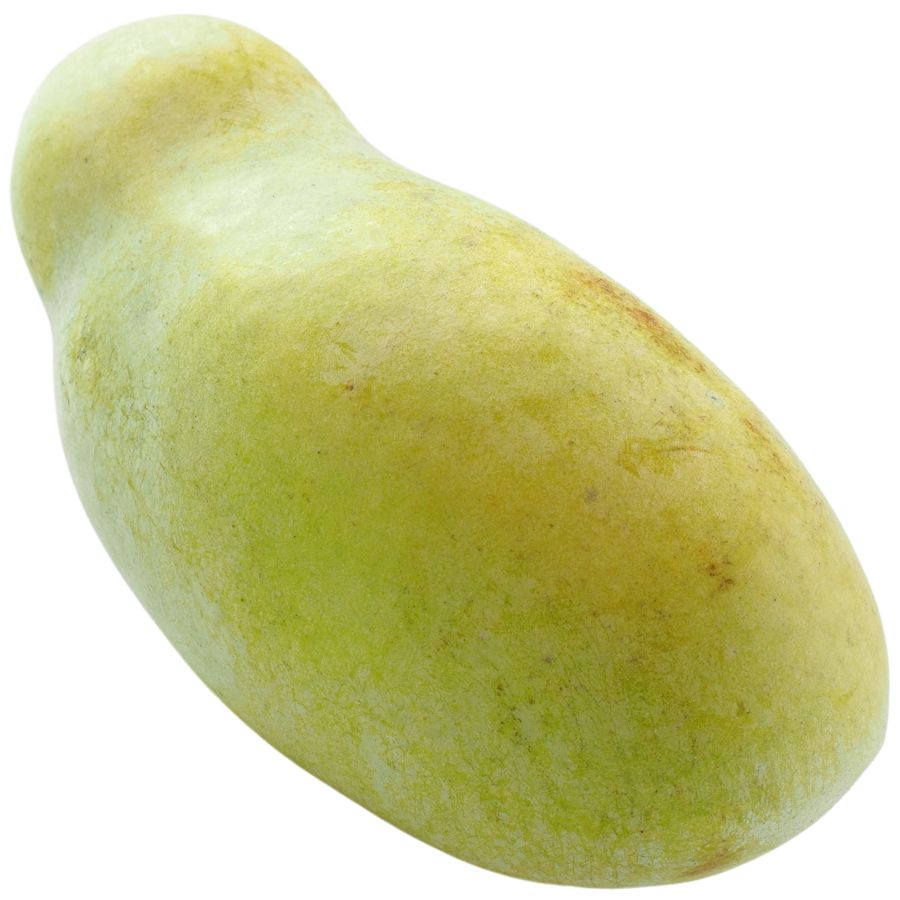
Pawpaw produces a green, mango-shaped fruit with soft yellow flesh inside and a taste that’s hard to forget. The flavor is rich and tropical, and the texture is thick like custard.
You’ll want to avoid the seeds and skin, but the pulp is edible and highly sought after. Some people cook it down into jams while others prefer it raw, straight from the peel.
There are other fruits in wooded areas that look similar, but pawpaw’s smell and size help separate it from anything potentially inedible. The way its fruits grow in clusters is also a giveaway.
Pawpaw isn’t commonly found in grocery stores, which makes it valuable for small growers and foragers. In-season, it can fetch a premium price at specialty food shops and farmers markets.
Sassafras (Sassafras albidum)
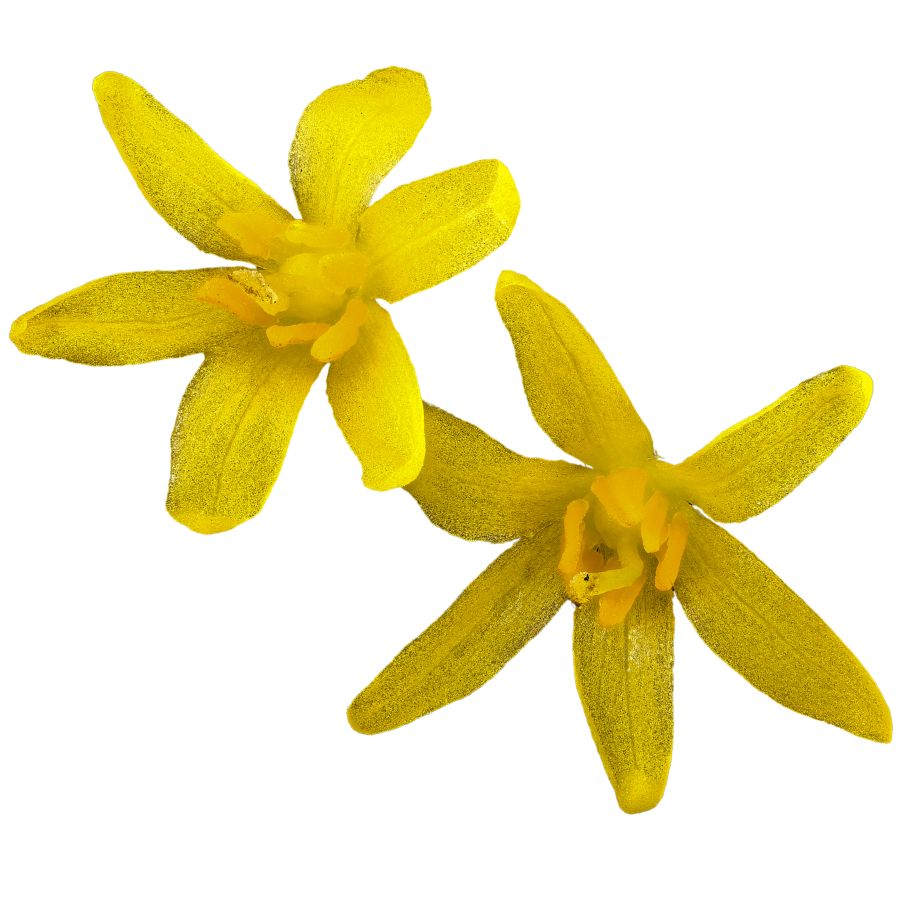
The roots and bark of sassafras can be used to make tea with a sweet, spicy flavor a bit like root beer. Only the dried root bark is edible—other parts, like the leaves or fresh bark, aren’t typically eaten and can be mildly toxic if consumed in large quantities.
Sassafras has smooth, mitten-shaped leaves that grow on slender branches with a light green hue. It’s sometimes confused with young mulberry or spicebush, but sassafras leaves are uniquely lobed in three distinct patterns on the same tree.
You can crush the dried leaves into a fine powder to make filé, a seasoning used in Creole cooking to thicken and flavor dishes. The powdered leaf has an earthy aroma and a slightly mucilaginous texture when cooked.
There’s not a huge commercial market for sassafras anymore, but foragers and traditional cooks still value it for flavor and cultural use. Safrole, a compound in the raw root, was banned in large quantities, but small-scale foraging remains common and legal in many areas.
Ostrich Fern Fiddleheads (Matteuccia struthiopteris)
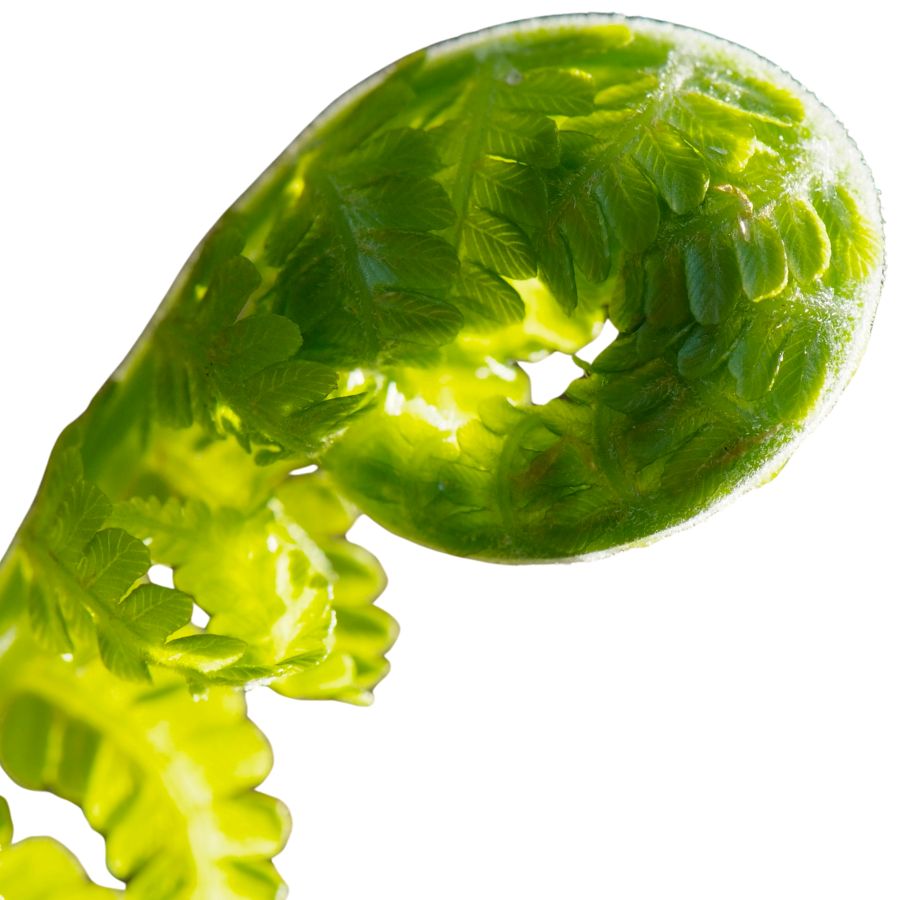
Ostrich fern fiddleheads, also referred to as fiddlehead greens or shuttlecock ferns, grow in tight green spirals that are eaten while still curled. Only the young shoots are edible and the rest of the plant should be left alone.
People often compare the flavor to a mix of spinach and asparagus, and the texture stays firm when cooked properly. The most common way to prepare them is by boiling or steaming, followed by a quick pan-fry.
These ferns are especially valuable to foragers and farmers’ markets because of how sought after they are in spring produce sales. A pound of fresh fiddleheads can sell for twenty dollars or more.
Lookalikes include bracken and lady fern, which can be toxic or cause digestive problems. Ostrich ferns have smooth green stalks and no fuzzy coating, unlike many of their less-safe counterparts.
Jerusalem Artichoke (Helianthus tuberosus)
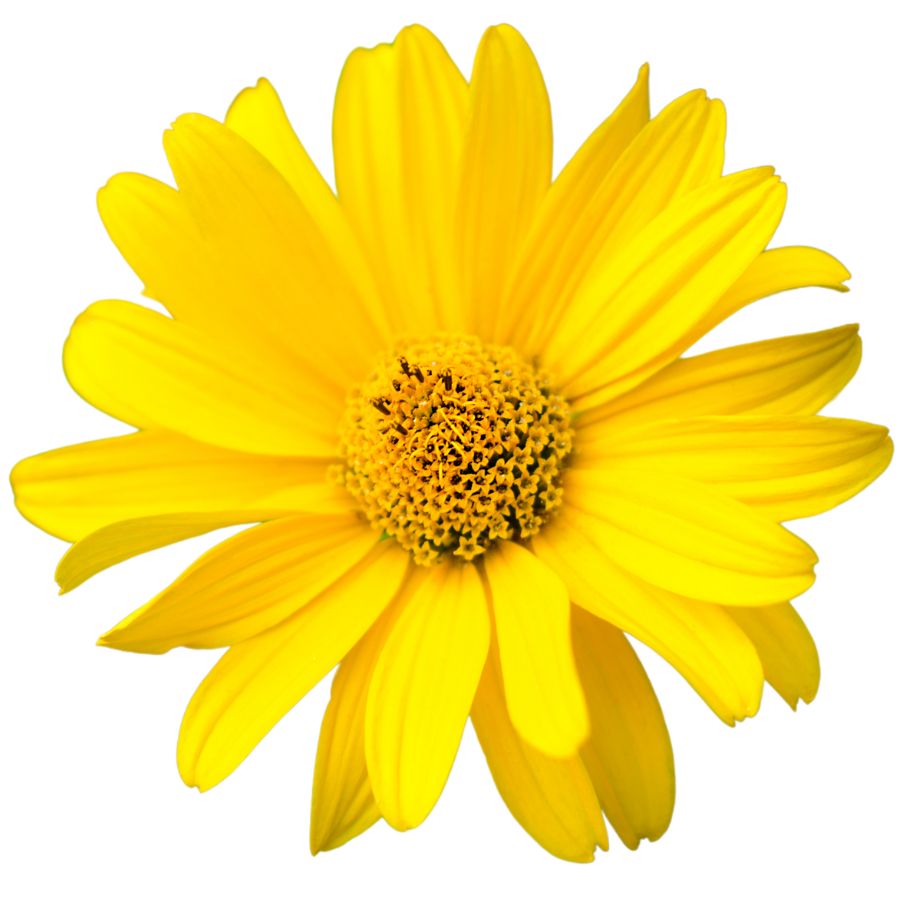
The Jerusalem artichoke is a sunflower relative that grows tall with bright yellow blooms and knobby, potato-like tubers underground. Its underground part is what you eat, while the stems, leaves, and flowers are best left alone.
What makes the tubers interesting is their crisp texture when raw and a nutty, slightly sweet flavor when cooked. They’re often roasted, pureed into soups, or sliced thin for chips.
Some wild sunflowers can look similar, but they don’t form the same type of tubers. If you’re not digging up a bumpy, tan root shaped like ginger, you’re not looking at the right plant.
People value Jerusalem artichokes for their culinary versatility and as a low-starch alternative to potatoes. They sell for a decent price at specialty grocers and farmers markets, especially when freshly dug.
American Plum (Prunus americana)
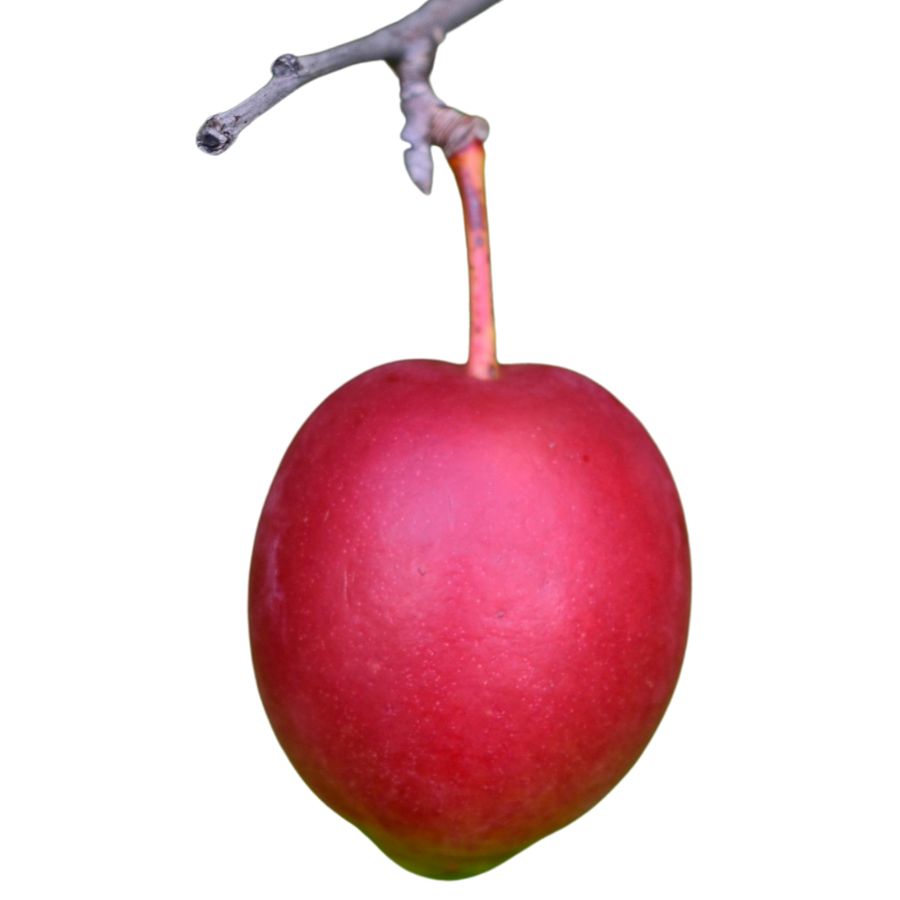
American plums grow on small trees and produce fruit that ranges from deep red to bluish-purple with a waxy coating. The skin is tart and a little astringent, but the flesh inside is sweet, soft, and juicy when fully ripe.
You can eat the fruit fresh, but it’s more often cooked down into jelly, jam, or syrup. The pits are not edible and should always be discarded.
Some cherry species grow in similar clusters, but cherries tend to be smaller, rounder, and darker with smoother bark. American plum leaves also have a rough texture that helps separate them from other lookalikes.
These plums are valuable in small markets, especially when turned into preserves or wine. Individual trees can yield a good harvest, but the fruit is delicate and doesn’t store long.
Spicebush (Lindera benzoin)
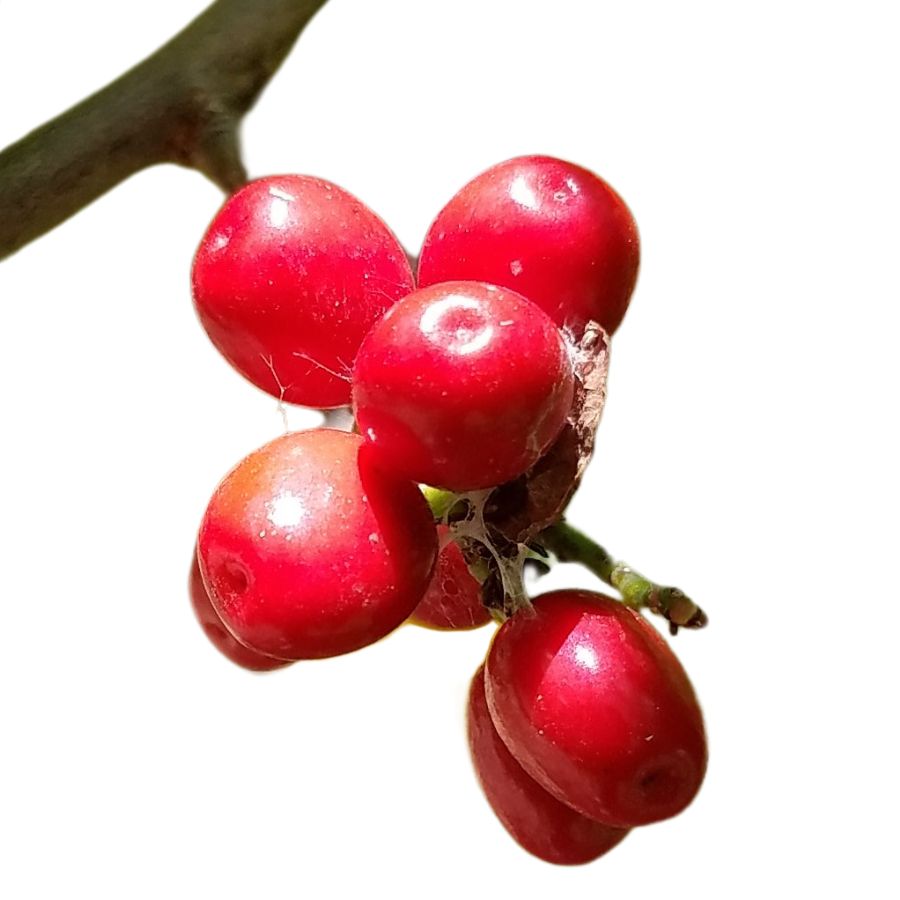
With their bright red color and clustered growth, spicebush berries are easy to pick out once you know the shrub’s distinctive lemon-scented leaves. Some people mix them up with winterberry, but winterberry lacks the spicy scent and has smooth-edged leaves instead of the alternate, veiny ones on spicebush.
The flavor is rich and complex, often described as a cross between black pepper, allspice, and citrus. Foragers usually dry the berries before using them in meat rubs, baked goods, or wildcrafted spice mixes.
Spicebush bark and leaves have traditional uses, but when it comes to edible parts, the berries are what people go after. They’re sometimes steeped whole in broths or ground into powder for stronger flavor.
Because they aren’t cultivated on a large scale, spicebush berries carry a higher value among foragers and food artisans. A small amount can go a long way, especially in recipes that highlight wild-sourced ingredients.
Hickory Nut (Carya spp.)
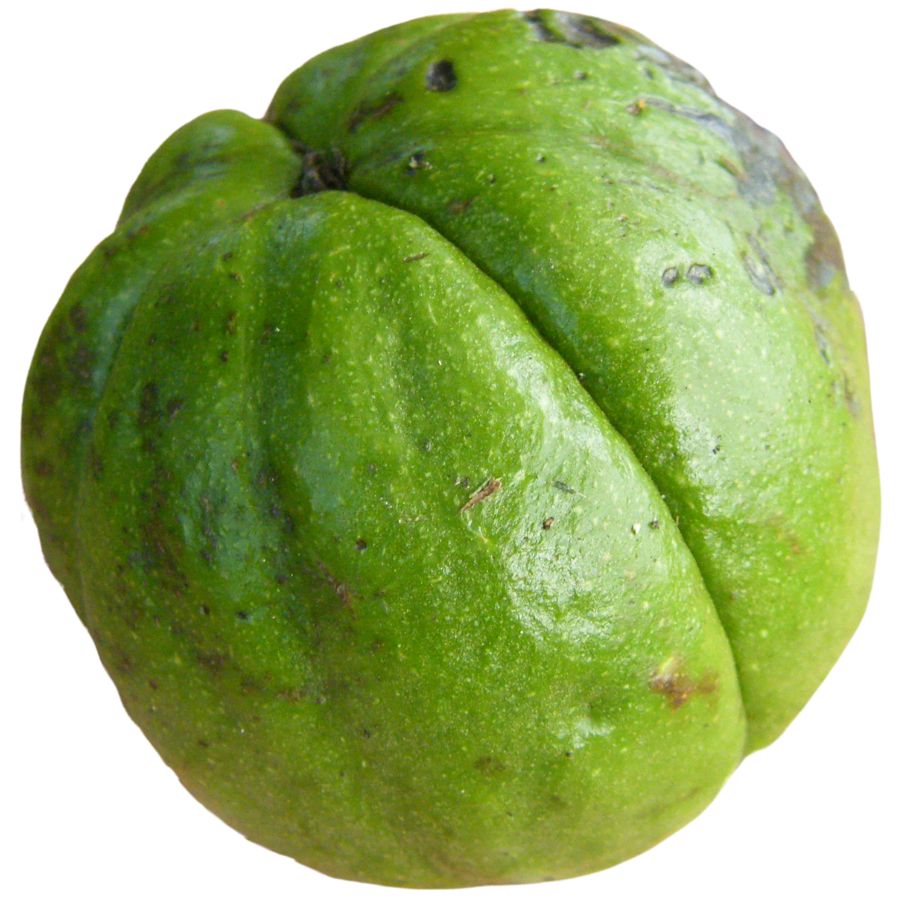
Hickory nuts grow inside a tough outer husk that splits open when the nut is ripe. The tree has compound leaves, and its bark can peel in long strips, especially on the shagbark variety.
The meat inside the nut is rich, sweet, and slightly oily, often compared to pecans but with a deeper flavor. It’s great raw, roasted, or ground into flour for use in traditional baking.
Bitternut hickories produce nuts that look similar but taste unpleasantly bitter and are not considered edible. You can usually tell them apart by the thinner shell and a more oblong shape.
Foragers value hickory nuts for their high energy content and long shelf life, especially after thorough drying. They’re time-consuming to crack, but the payoff can be worth it—shelled nutmeats often sell for premium prices in small-scale markets.
Japanese Knotweed (Reynoutria japonica)
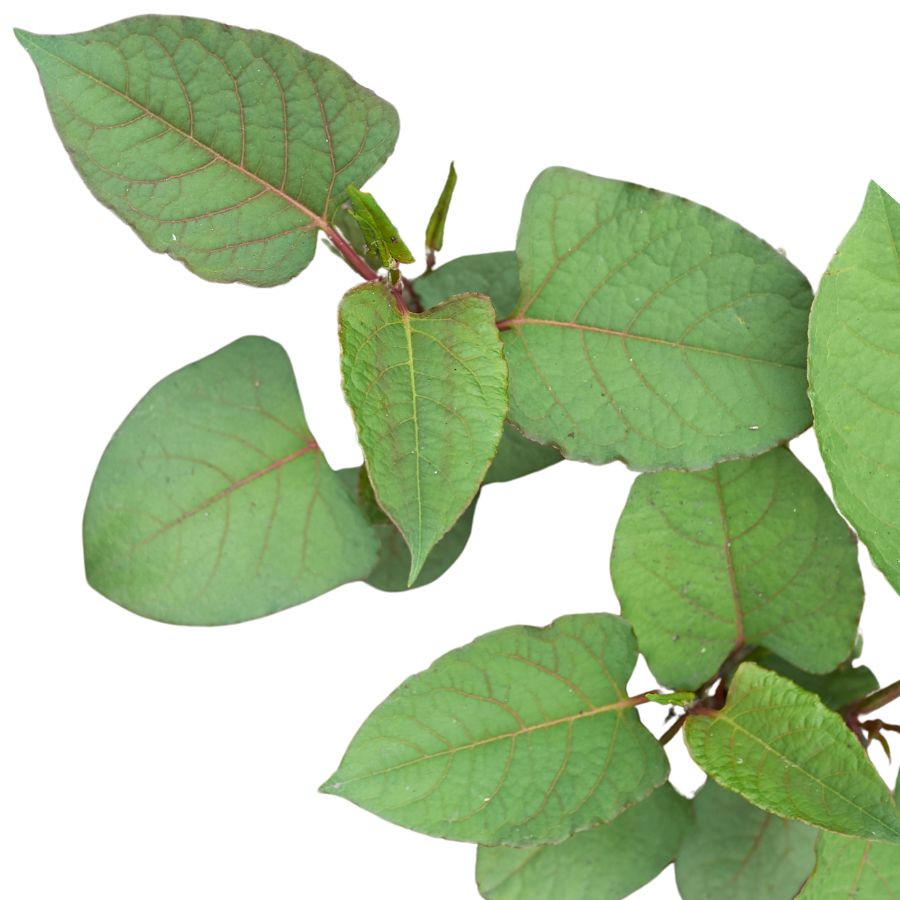
Japanese knotweed, also called fleeceflower or monkeyweed, has hollow, bamboo-like stems with heart-shaped leaves and sprays of creamy white flowers. Its young shoots are edible and taste like rhubarb with a tart, slightly earthy flavor.
You can cook the tender stalks into pies, sauces, or jams, and they’re sometimes fermented or pickled to preserve them. The leaves and mature stems aren’t edible and should be avoided.
It has toxic lookalikes like giant knotweed and smartweed, which don’t have the same edible young shoots or the same tart flavor. Always check for the distinct jointed stem structure before foraging.
Japanese knotweed has some value at farmers markets and in niche culinary circles, but it’s not particularly high in price. Its real appeal comes from its versatility in the kitchen and the novelty of turning an invasive plant into food.
Redbud (Cercis canadensis)
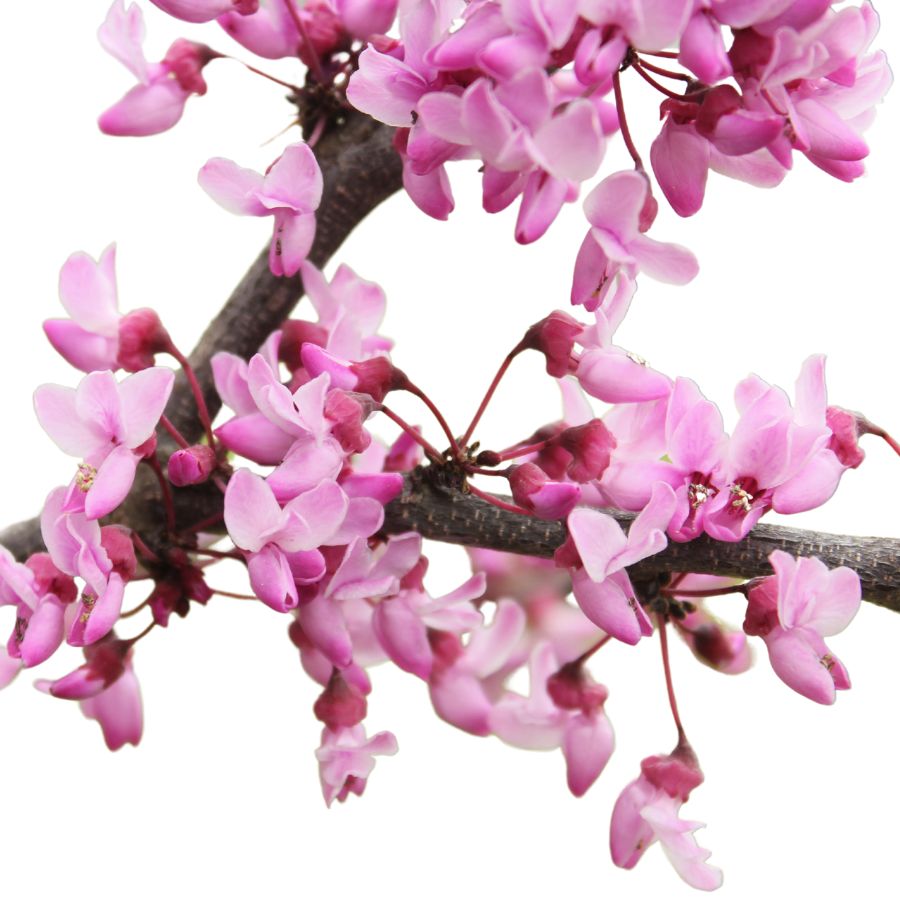
The pink flowers from the redbud tree are edible and used in all kinds of simple recipes. They’re a little tart with a raw snap and work well in salads or tossed on toast or omelets for a pop of color.
Some people also cook the young seed pods like snap peas, but only when they’re still small and green. The flavor gets bitter once the pods begin to toughen.
Redbud isn’t usually confused with other plants if you’re harvesting directly from a tree, but avoid collecting from lookalike shrubs that don’t bloom directly from their bark. The unusual flower placement—right out of the branches—is one of the clearest signs you’re looking at the right thing.
Chefs pay attention to redbud mostly for plating and garnish, so there’s not much resale value unless you’re targeting niche restaurant markets. The flowers don’t store long, but fresh ones can add interest to foraged meals and homemade condiments.
Wild Bergamot (Monarda fistulosa)
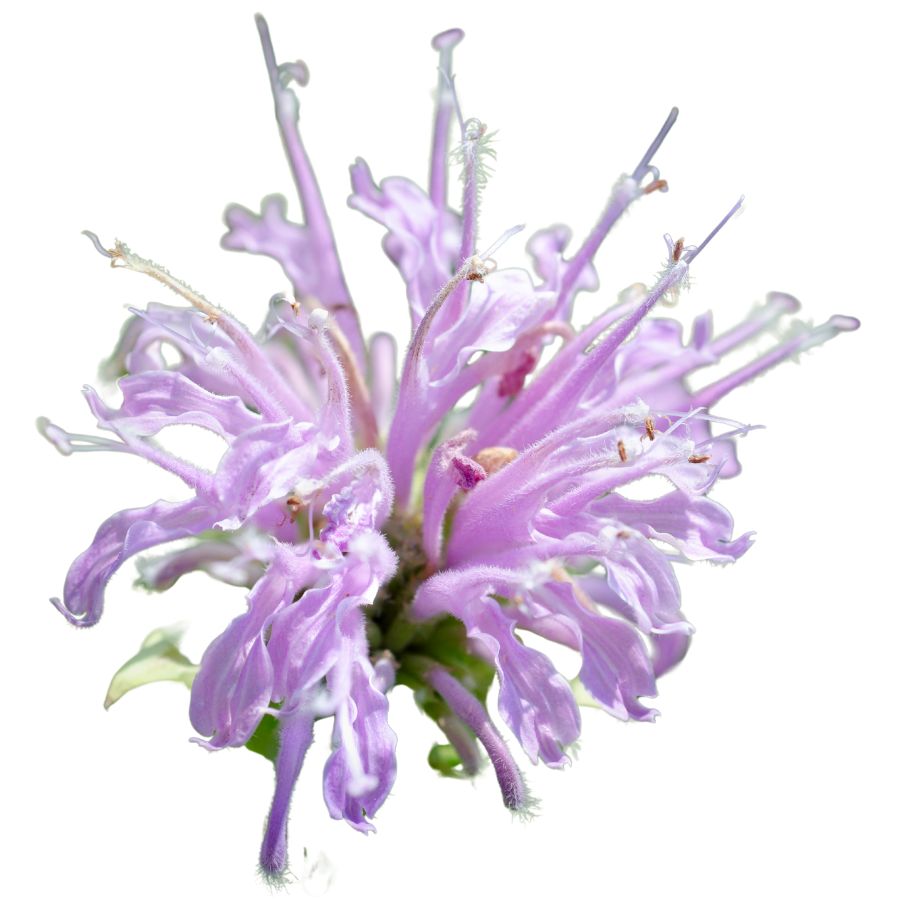
Wild bergamot, which also goes by names like bee balm and Oswego tea, has pale purple flowers that grow in tufted whorls and smell strongly when touched. The square stems and opposite leaves are a good indicator that you’re looking at a plant in the mint family.
The flavor is a mix of thyme and mint, and the texture is slightly coarse, especially when raw. People often use the flowers and leaves fresh in teas or dry them to store in jars.
It’s important to avoid confusing it with similar-looking mints that don’t have the same taste or safe track record. Some varieties of mountain mint, for example, have sharper scents and can cause digestive upset in larger amounts.
Even though it’s not a high-dollar herb, wild bergamot is valuable because of how much flavor you can get from just a few dried petals or leaves. That strong taste also means you don’t need much, which makes it last longer in the pantry.
Black Raspberry (Rubus occidentalis)

Black raspberries grow on arching canes and look like small, hollow black domes when picked. Unlike red raspberries, the canes have a whitish, waxy coating and the fruits have a slightly firmer texture.
The berries are juicy, sweet with a hint of tartness, and are often used in syrups, jams, and desserts. Their deep color comes from high anthocyanin content, which also makes them valuable for health supplements.
Only the berries are edible; the leaves and stems aren’t typically consumed and offer no culinary use. Watch out for blackberries and unripe red raspberries, which can look similar at a glance but don’t detach cleanly from the core like black raspberries do.
Wild-harvested black raspberries can sell for over $20 per pound due to their short shelf life and high demand from chefs and jam makers. If you’re foraging, wear gloves—those curved thorns can be a hassle.
Wineberry (Rubus phoenicolasius)
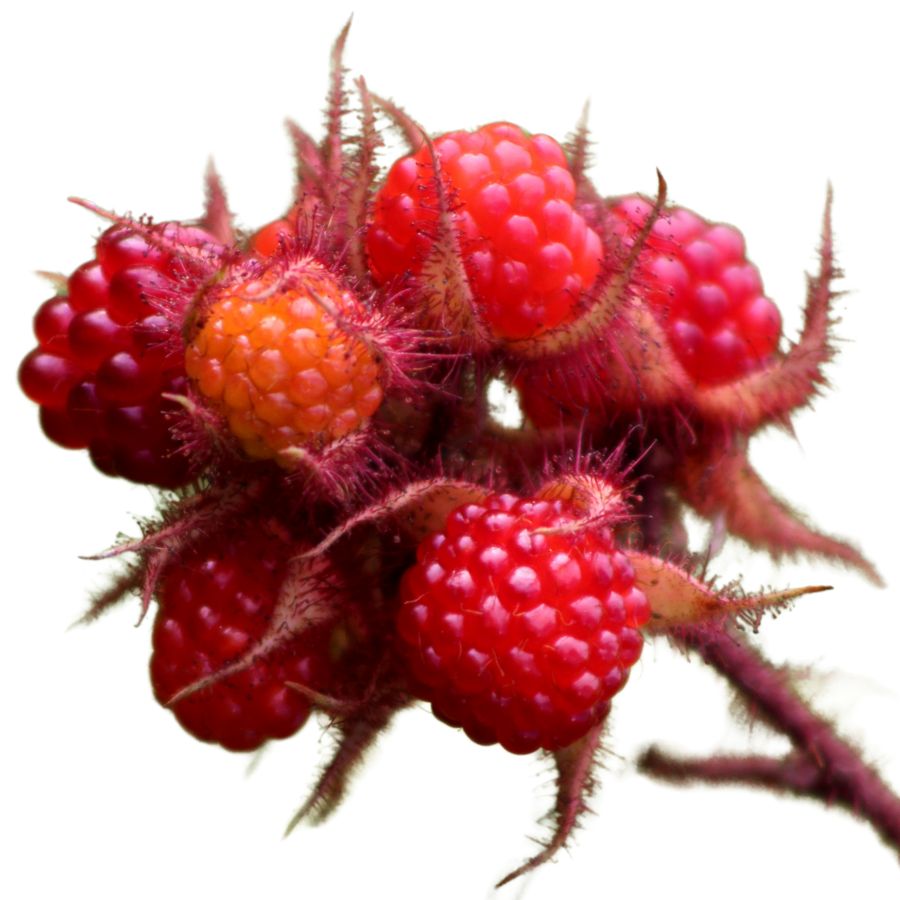
Japanese wineberries have red-orange fruit enclosed in a sticky, hairy calyx before they ripen. When opened, the fruit looks like a raspberry but is glossier and slightly more tart.
They’re often confused with red raspberries and dewberries, but wineberries grow on arching canes with bright red fuzz and have distinct sticky hairs around the buds. Dewberries trail along the ground while wineberry plants grow upright, and red raspberries lack the same reddish fuzz.
People usually eat just the berries, which are too soft to sell widely but ideal for small-batch preserves and baking. The berries are valued for their bright flavor and intense color, which holds up nicely in sauces and jams.
They taste sweet with a tangy edge and burst in your mouth with soft flesh and small seeds. The rest of the plant has no common culinary use, and the stems and leaves shouldn’t be eaten.
Wild Strawberry (Fragaria virginiana)
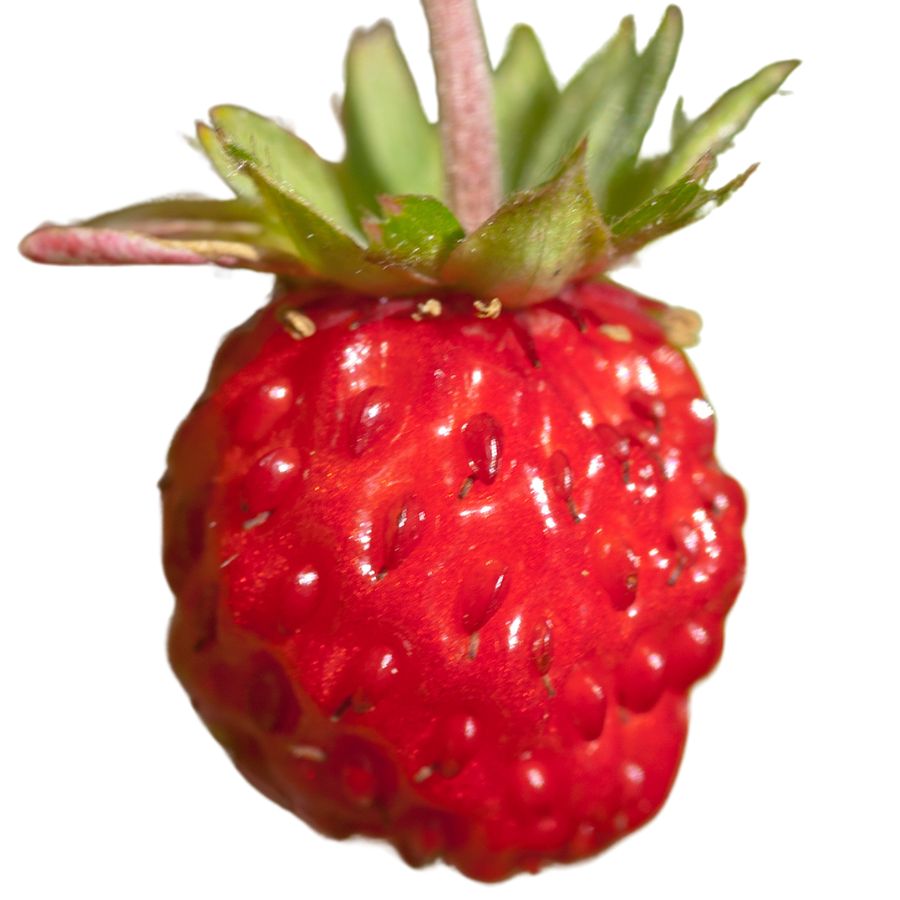
The wild strawberry has five-petaled white flowers and small red fruits that grow close to the ground on thin runners. Its toothed leaves grow in groups of three and are often mistaken for similar-looking plants like mock strawberry, which has yellow flowers and bland, dry fruit.
You can eat the ripe fruit, which has a sweet, concentrated strawberry flavor with a soft, juicy texture. Some people dry or freeze the berries, while others mash them into jam or cook them down into syrup.
The leaves and stems aren’t toxic, but they aren’t typically eaten either. Only the fruit is considered edible and worth harvesting.
Wild strawberries have limited commercial value because they’re small and delicate, but their taste is considered better than many store-bought varieties. That makes them popular in niche markets like gourmet preserves and foraged produce boxes.
Bee Balm (Monarda didyma)
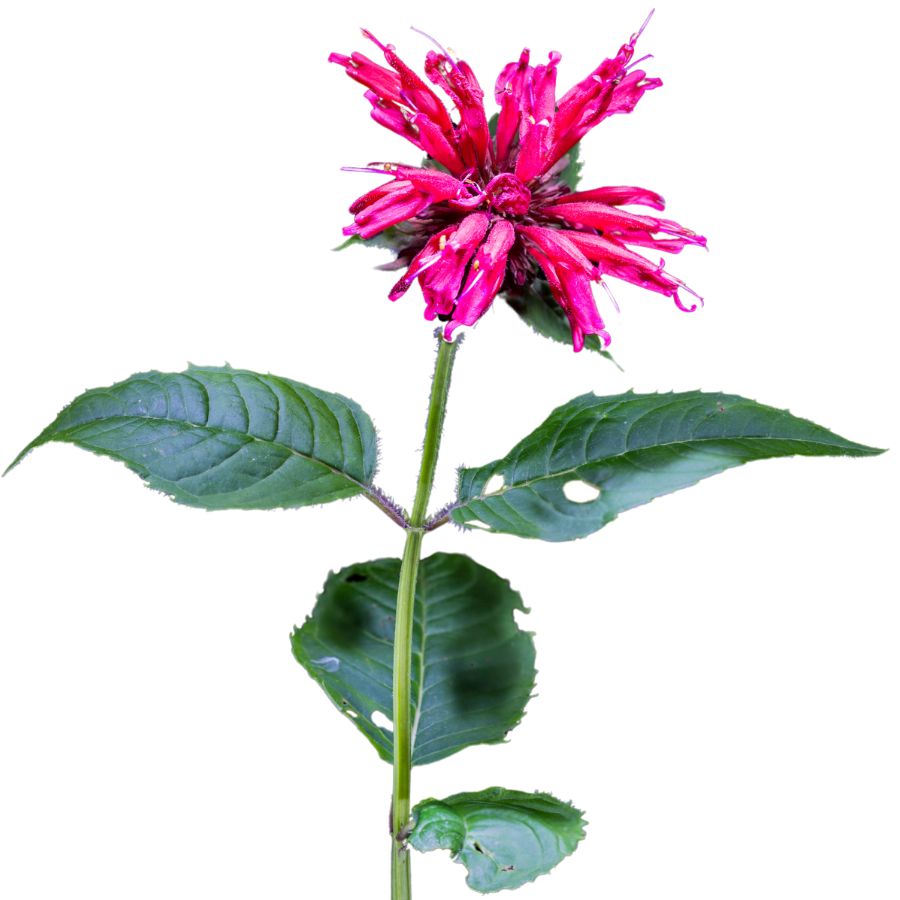
With its ragged, brightly colored blooms and square, fuzzy stems, bee balm has a distinct place in the mint family. The leaves are aromatic, with a scent that blends mint, oregano, and a touch of citrus.
You can eat the flowers and leaves, both raw or dried, and the taste is strong and slightly peppery. It’s most common to brew them into herbal tea or crush them into a seasoning mix.
Bee balm’s main lookalikes are other mints and plants like hemp nettle, but those usually lack the strong aroma or have less intricate flower heads. Smell is the quickest giveaway—bee balm has a sharp, herbal scent you won’t miss.
Dried bee balm leaves sell in herbal markets and apothecaries, though they’re more modest in price compared to rare edibles. Its usefulness in food and herbal tea blends is what makes it a keeper.
Where to Find Valuable Forageables in the State
Some parts of the state are better than others when it comes to finding valuable wild plants and mushrooms. Here are the different places where you’re most likely to have luck:
| Plant | Locations |
| Morel Mushroom (Morchella esculenta) | – Wayne National Forest – Highbanks Metro Park, Columbus – Darby Creek Metro Park, Franklin County |
| Ramp (Allium tricoccum) | – Appalachian foothills in southeastern Ohio – Cuyahoga Valley National Park – Wayne National Forest |
| Chanterelle Mushroom (Cantharellus cibarius) | – Columbus Metro Parks – Hocking Hills State Park – Mohican State Park |
| Black Walnut (Juglans nigra) | – Mount Vernon area, Knox County – Columbus and Franklin County Metro Parks – Stream banks and bottomlands throughout Ohio |
| Elderberry (Sambucus canadensis) | – Along waterways and roadsides – South Centers, Piketon – Edge habitats near woodlands |
| Groundnut (Apios americana) | – Athens County – Zanesville area – Chillicothe region |
| Pawpaw (Asimina triloba) | – Albany, site of the Ohio Pawpaw Festival – Holden Arboretum – Along the Olentangy Trail, Columbus |
| Sassafras (Sassafras albidum) | – Eastern Ohio woodlands – Fence rows and old fields statewide – Holden Arboretum |
| Ostrich Fern Fiddleheads (Matteuccia struthiopteris) | – Mohican State Park – Hocking Hills State Park – Wayne National Forest |
| Jerusalem Artichoke (Helianthus tuberosus) | – Along riverbanks in southern Ohio – Edge habitats near woodlands – Abandoned fields in central Ohio |
| American Plum (Prunus americana) | – Edge habitats near woodlands – Along fence rows in rural areas – Southern Ohio meadows |
| Spicebush (Lindera benzoin) | – Hocking Hills State Park – Mohican State Park – Wayne National Forest |
| Hickory Nut (Carya spp.) | – Mohican State Park – Hocking Hills State Park – Wayne National Forest |
| Japanese Knotweed (Reynoutria japonica) | – Along riverbanks in northeastern Ohio – Abandoned lots in urban areas – Edge habitats near woodlands |
| Redbud (Cercis canadensis) | – Edge habitats near woodlands – Along fence rows in rural areas – Southern Ohio meadows |
| Wild Bergamot (Monarda fistulosa) | – Prairie areas in central Ohio – Edge habitats near woodlands – Abandoned fields in southern Ohio |
| Black Raspberry (Rubus occidentalis) | – Edge habitats near woodlands – Along fence rows in rural areas – Southern Ohio meadows |
| Wineberry (Rubus phoenicolasius) | – Edge habitats near woodlands – Along fence rows in rural areas – Southern Ohio meadows |
| Wild Strawberry (Fragaria virginiana) | – Meadows in central Ohio – Edge habitats near woodlands – Abandoned fields in southern Ohio |
| Bee Balm (Monarda didyma) | – Prairie areas in central Ohio – Edge habitats near woodlands – Abandoned fields in southern Ohio |
When to Forage for Maximum Value
Every valuable wild plant or mushroom has its season. Here’s a look at the best times for harvest:
| Plants | Valuable Parts | Best Harvest Season |
| Morel Mushroom (Morchella esculenta) | Fruitbodies (mushrooms) | April – May |
| Ramp (Allium tricoccum) | Leaves, bulbs | April – May |
| Chanterelle Mushroom (Cantharellus cibarius) | Fruitbodies (mushrooms) | July – September |
| Black Walnut (Juglans nigra) | Nuts | September – October |
| Elderberry (Sambucus canadensis) | Flowers, berries | June (flowers), August (berries) |
| Groundnut (Apios americana) | Tubers | September – November |
| Pawpaw (Asimina triloba) | Fruit | September – October |
| Sassafras (Sassafras albidum) | Roots, leaves | March – May (roots), June – July (leaves) |
| Ostrich Fern Fiddleheads (Matteuccia struthiopteris) | Young fiddleheads | April – May |
| Jerusalem Artichoke (Helianthus tuberosus) | Tubers | October – December |
| American Plum (Prunus americana) | Fruit | August – September |
| Spicebush (Lindera benzoin) | Leaves, berries | June (leaves), September (berries) |
| Hickory Nut (Carya spp.) | Nuts | September – October |
| Japanese Knotweed (Reynoutria japonica) | Young shoots | April – May |
| Redbud (Cercis canadensis) | Flowers, young seedpods | April – May |
| Wild Bergamot (Monarda fistulosa) | Leaves, flowers | June – August |
| Black Raspberry (Rubus occidentalis) | Berries | June – July |
| Wineberry (Rubus phoenicolasius) | Berries | July – August |
| Wild Strawberry (Fragaria virginiana) | Berries | May – June |
| Bee Balm (Monarda didyma) | Leaves, flowers | June – August |
One Final Disclaimer
The information provided in this article is for general informational and educational purposes only. Foraging for wild plants and mushrooms involves inherent risks. Some wild plants and mushrooms are toxic and can be easily mistaken for edible varieties.
Before ingesting anything, it should be identified with 100% certainty as edible by someone qualified and experienced in mushroom and plant identification, such as a professional mycologist or an expert forager. Misidentification can lead to serious illness or death.
All mushrooms and plants have the potential to cause severe adverse reactions in certain individuals, even death. If you are consuming foraged items, it is crucial to cook them thoroughly and properly and only eat a small portion to test for personal tolerance. Some people may have allergies or sensitivities to specific mushrooms and plants, even if they are considered safe for others.
Foraged items should always be fully cooked with proper instructions to ensure they are safe to eat. Many wild mushrooms and plants contain toxins and compounds that can be harmful if ingested.

